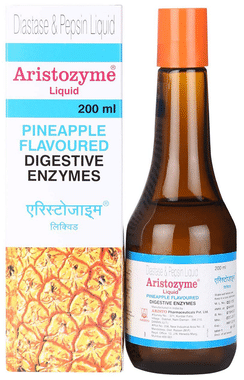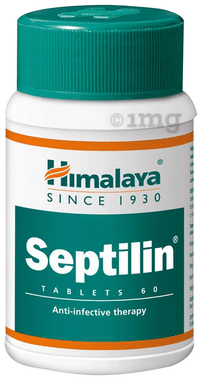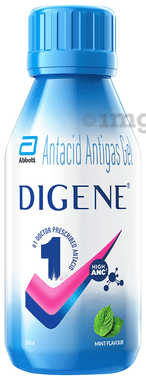Azenam 2gm Injection
Product introduction
Azenam 2gm Injection is given as a drip (intravenous infusion) or as an injection directly into a vein or a muscle under the supervision of a healthcare professional. Get the injection for as long as the doctor has prescribed. Do not skip any doses and finish the full course of treatment even if you feel better. Stopping the medicine too early may lead to the infection returning or worsening.
Common side effects of Azenam 2gm Injection include rash, vomiting, nausea, and diarrhea. Temporary pain, swelling, and redness at the injection site may also occur at the injection site. Consult your doctor if any of these side effects persist or if your condition does not improve despite treatment.
Inform your doctor if you have any previous history of allergy or heart problems before taking this medicine. Pregnant or breastfeeding women should consult their doctor before using this medicine.
Uses of Azenam Injection
- Severe bacterial infections
Benefits of Azenam Injection
In Severe bacterial infections
Side effects of Azenam Injection
Common side effects of Azenam
- Rash
- Vomiting
- Nausea
- Diarrhea
- Injection site reactions (pain, swelling, redness)
How to use Azenam Injection
How Azenam Injection works
Safety advice
Regular monitoring of kidney function tests is advised while you are taking this medicine.
What if you forget to take Azenam Injection?
All substitutes
Quick tips
- Finish the prescribed course, even if you start to feel better. Stopping it early may make the infection come back and harder to treat.
- Diarrhea may occur as a side effect, but it should stop when your course is complete. Inform your doctor if it doesn't stop or if you find blood in your stools.
- Inform your doctor immediately if you develop an itchy rash, swelling of the face, throat, or tongue, or breathing difficulties while taking this medicine.
- Inform your doctor if you are pregnant, planning to conceive, or breastfeeding.
Fact Box
Interaction with drugs
Patient concerns
FAQs
Is Azenam 2gm Injection safe to use in patients who are allergic to penicillins?
Disclaimer:
Tata 1mg's sole intention is to ensure that its consumers get information that is expert-reviewed, accurate and trustworthy. However, the information contained herein should NOT be used as a substitute for the advice of a qualified physician. The information provided here is for informational purposes only. This may not cover everything about particular health conditions, lab tests, medicines, all possible side effects, drug interactions, warnings, alerts, etc. Please consult your doctor and discuss all your queries related to any disease or medicine. We intend to support, not replace, the doctor-patient relationship.References
- Petri WA Jr. Penicillins, Cephalosporins, and Other β -Lactam Antibiotics. In: Brunton LL, Chabner BA, Knollmann BC, editors. Goodman & Gilman’s: The Pharmacological Basis of Therapeutics. 12th ed. New York, New York: McGraw-Hill Medical; 2011. pp. 1500-501.
- Chambers HF, Dech DH. Beta-Lactam Antibiotics & Other Cell Wall Synthesis Inhibitors. In: Trevor AJ, Katzung BG, Kruidering-Hall M, editors. Katzung & Trevor's Pharmacology: Examination & Board Review. 11 th ed. McGraw-Hill Education: New York, New York; 2015. [Accessed 23 Jan. 2019] (online) Available from:

- Briggs GG, Freeman RK, editors. A Reference Guide to Fetal and Neonatal Risk: Drugs in Pregnancy and Lactation. 10th ed. Philadelphia, PA: Wolters Kluwer Health; 2015. p. 120.
Marketer details
Lab tests offered by us









